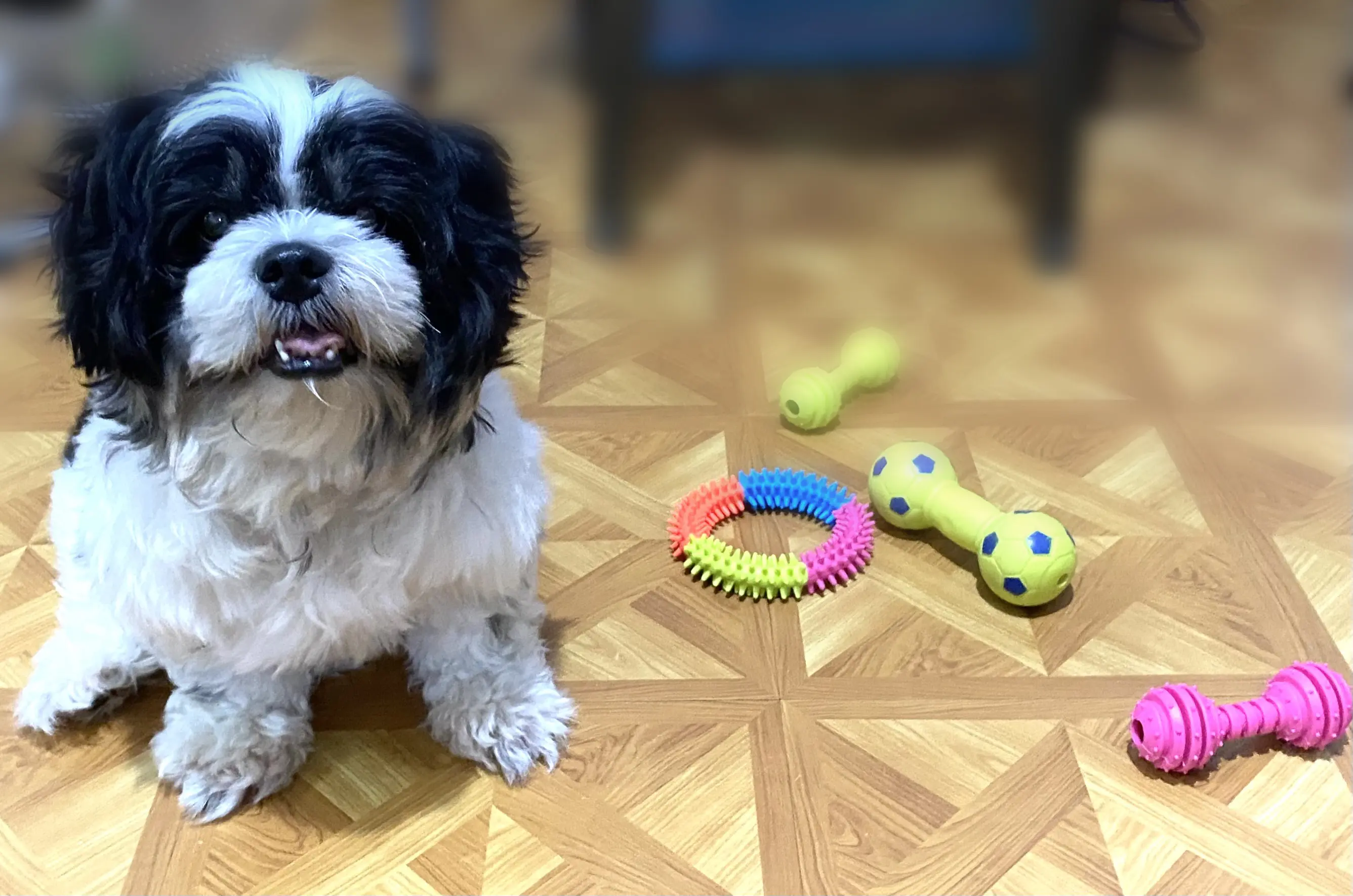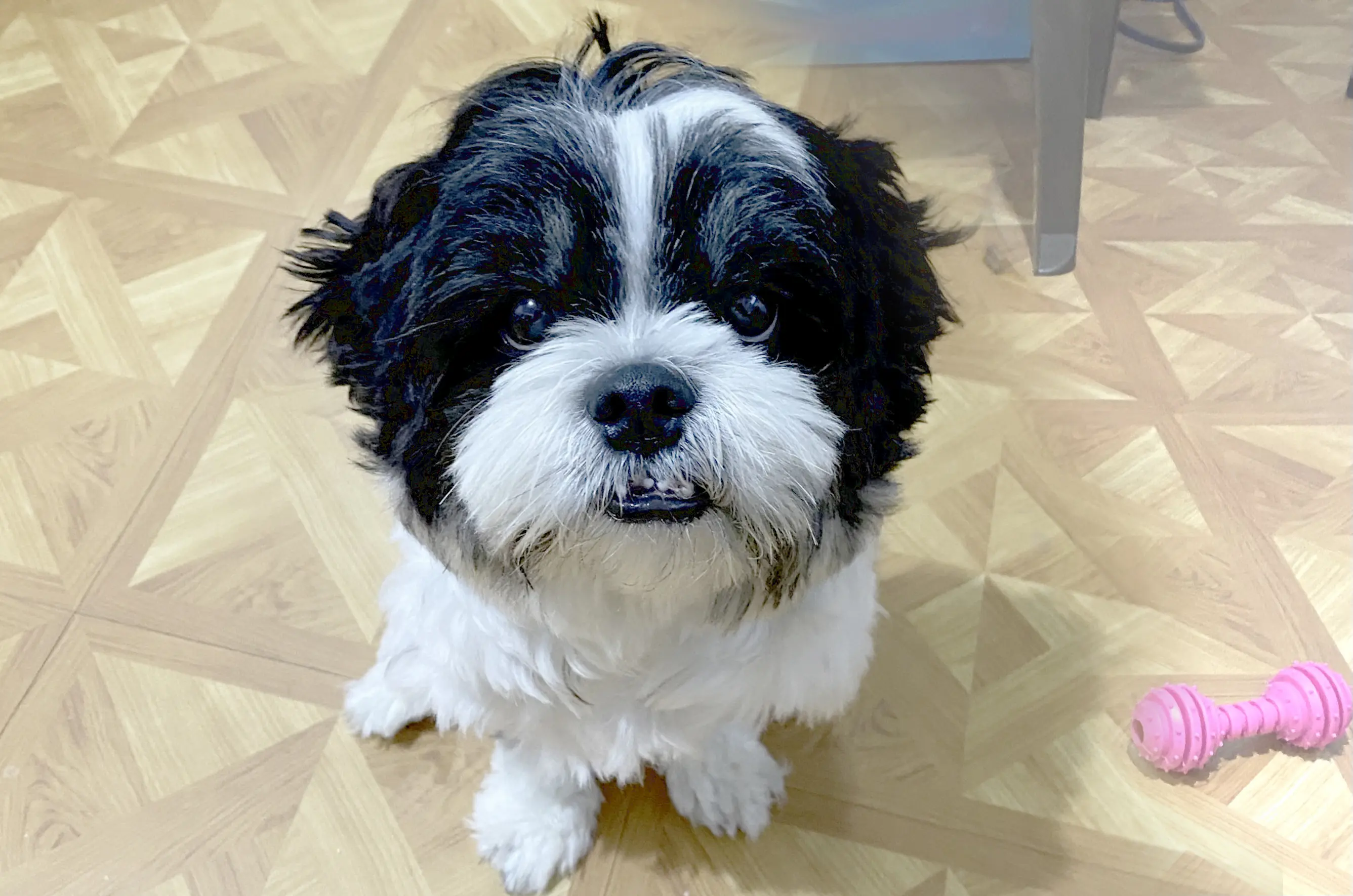There are a variety of reasons why a dog may not engage in play with its human owners on an innate level.
If your dog or puppy is nervous or unwilling to interact with you, a slow, careful socialization procedure can help you gain its trust. Once your pet is at ease with you, it can begin to play and enjoy itself.
While some dog owners may not care if their dog is playful, there are several advantages to puppy and dog play:
Playing with your dog not only is exciting for them, but it also gives them a great outlet to chew, tug, run, etc.
Doing these activities that youra dog enjoys, much like with us as people, improves their overall quality of life.
Patience is your most valuable asset. It takes time for a dog to gain trust in its owners, and even longer for it to learn proper methods to engage with them. Keep in mind that your goal isn't to encourage your dog to do everything it wants in any way it pleases it; rather, you're educating it to interact with you according to the norms and expectations you've established.
As a result, it's critical to have a clear understanding of your acceptable boundaries and sorts of play. Ensure that everyone who works with your dog is aware of your objectives, guidelines, and expectations. Your housemate, for example, may find it endearing when your dog growls while holding a toy in its mouth, despite the fact that you have made it clear that growling is not acceptable. Different sets of rules and different sorts of play will, of course, be perplexing to your new pet.

While some dogs love to play fetch, and for dogs like retrievers the game comes very naturally, other dogs may find the idea of fetch foreign. Some dogs don’t have much interest in toys or aren’t naturally inclined to bring toys back after being thrown. Similarly, some rescue dogs may not have had experience playing with toys as puppies and just don’t know what to do with a toy. Fetch is a game that most people want to play with their dog and it can be frustrating if you throw a toy and your dog just sits watching you or goes and gets the toy but doesn’t bring it back. Although fetch doesn’t come naturally to every dog, it is a skill that can be taught!
Read our Thorough Guide on How To Teach Your Dog to Play Fetch Here
A dog may not have learnt to play for a variety of reasons. Some dogs refuse to play because they have never been involved in a game with them. Another explanation is that their instincts may lead them to do things they don't want to do. A border collie, for example, may have the desire to herd your children together in the yard rather than play fetch.
Regardless of why your dog isn't playing, you should start by gradually introducing toys and activities to it. Rather than jumping right into a full-fledged tug-of-war, start by leaving the toys about to sniff and grow acclimated to. If you move too quickly, a nervous dog may be more apprehensive, and a dog whose instincts are telling it to do something different will be confused.
Begin by rewarding your dog with soft praise or a treat whenever they show an interest in toys. You may also use a tug toy or a ball to hide a treat or spread a little peanut butter on. Toys will easily teach your dog that nice things happen when he or she plays with them.
It's time to start interacting with your dog once they become acquainted with the toys. Again, take it slowly at first. Sit near to your dog and roll a ball or shake a tug toy in its direction. Give it a treat and praise it if it shows interest. It may take some time, but the more you play with your dog, the faster it will understand what is expected of it. Your dog will be playing like it's done it all its life before you realize it.
Teaching a dog to play can sometimes include more than merely introducing it to the concept. Games like fetch, for example, involve multiple parts. It may be simple to train your dog to run and pick up a ball you throw, but it will need to understand "come" and "drop it" if the game is not to devolve into a chase. If your dog is having problems playing, make sure it is familiar with the game's basic commands.

Not every dog will enjoy every type of game. Choose games that are appropriate for your dog's personality. A game of fetch is likely to be enjoyed by a retriever. A terrier may become engrossed in a tug-of-war game. Border collies and Australian shepherds, for example, are great at agility and Frisbee. It will be easier to train your dog to play and a lot more enjoyable for your dog if you match the games you choose to the things your dog was bred to accomplish (for example, pitbulls, retrieving or herding).
Many dogs enjoy playing tug of war; it's a healthy way for them to express their predatory instincts. Tug of war gives your dog both mental and physical activity. It's also a great approach to strengthen the human-canine bond. You should have no reservations about playing this game with your dog if it has been properly taught.
Proofing is the act of ensuring that your dog can maintain new habits in a range of contexts and settings. When a dog is in a new, exciting location or playing with strange people or animals, it might be difficult for it to play correctly.
You'll want to test your dog's new play skills in a variety of circumstances to evaluate how well it retains its training.
If your dog doesn't seem to have internalized the rules of play, you may need to go back to the beginning of the procedure.
Patience is essential for this form of training; if you go too rapidly, you risk losing your dog's trust.
If you need help teaching your dog to play, or to teach your dog other important behaviors, sign up for our online dog training course! It’s a great way to teach your dog how to behave, from the comfort of your own home!